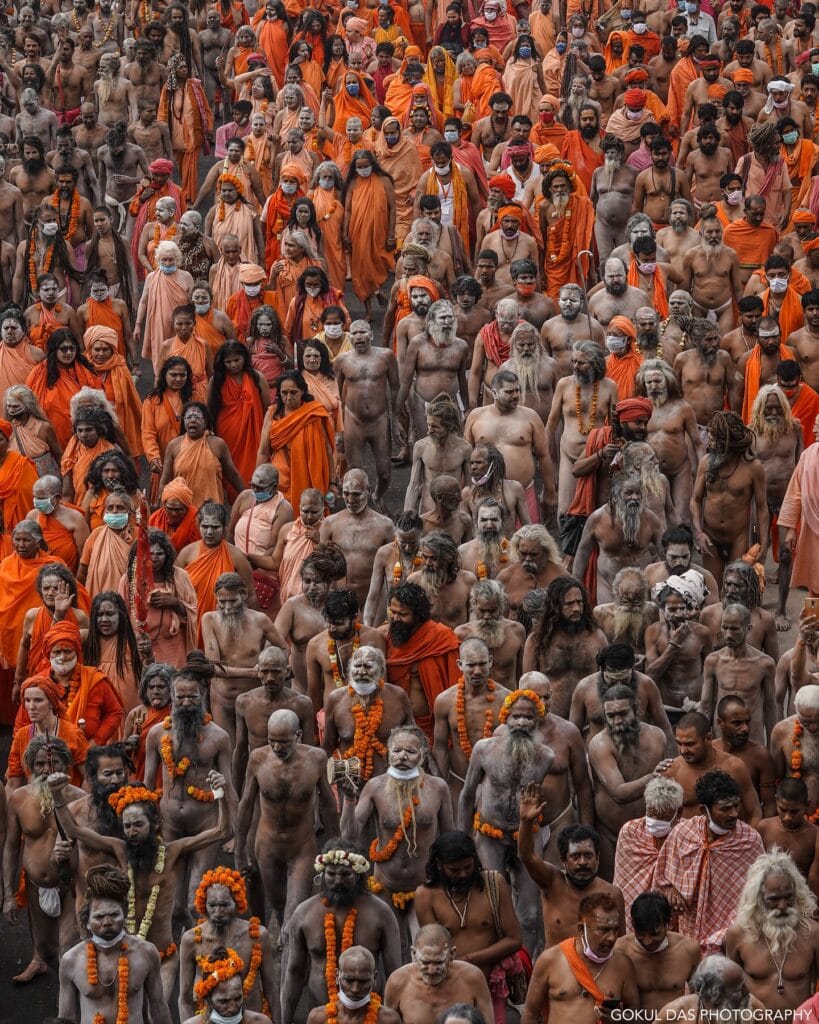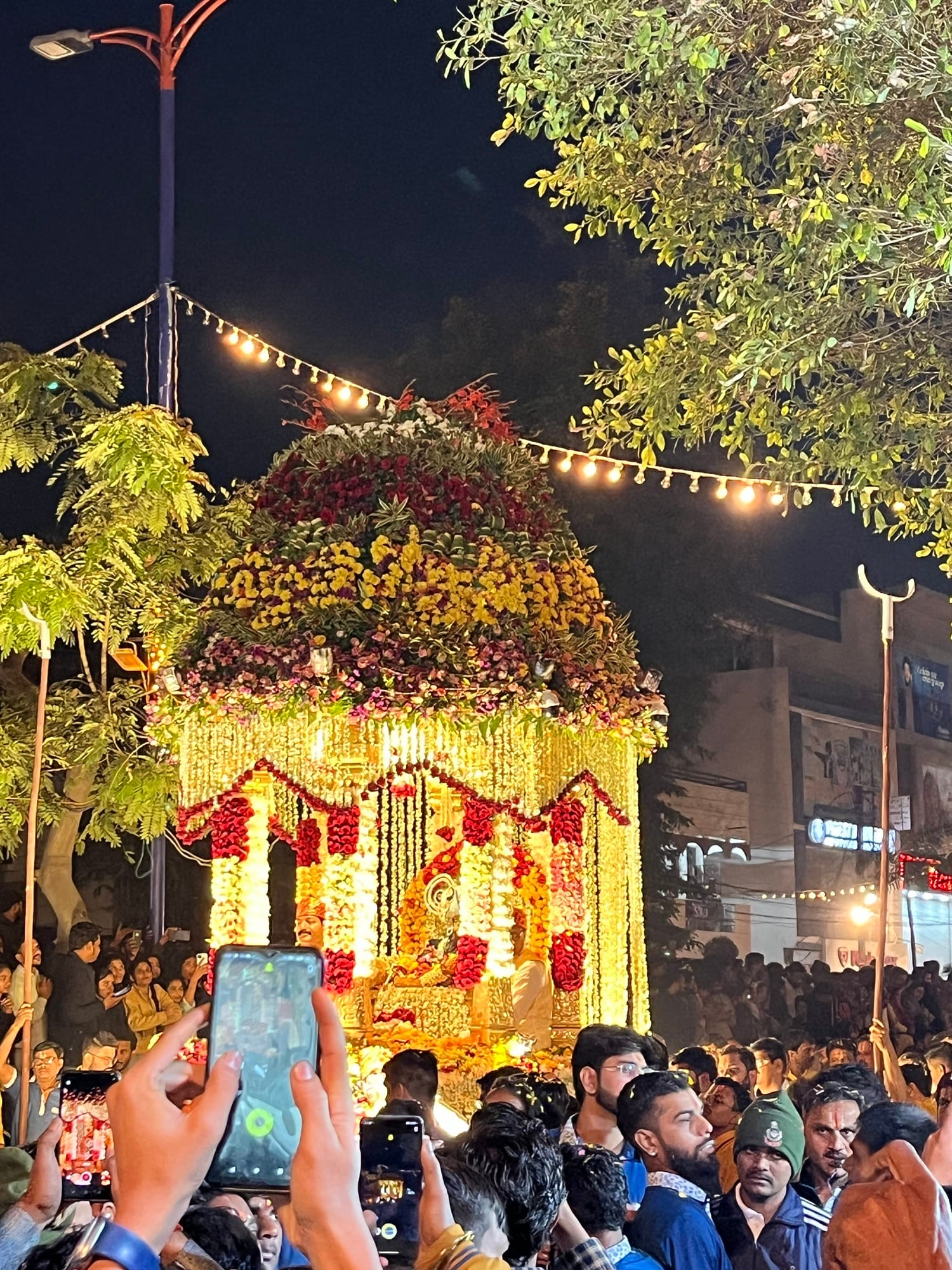Explore the spiritual essence of Kumbh Mela 2025. Learn about its dates, location, rituals, history, and tips to plan your pilgrimage for this world-renowned festival

Table of Contents
Introduction to Kumbh Mela
Kumbh Mela, recognized as the largest human congregation on Earth, is a spiritual festival celebrated with unmatched fervor in India. Millions of devotees, including saints, ascetics, and pilgrims, gather to seek divine blessings, perform rituals, and take a dip in sacred rivers believed to cleanse their sins. Kumbh Mela 2025 promises to be a monumental event, drawing participants from across the globe.
Kumbh Mela 2025: Dates and Location
Which City Will Host Kumbh Mela 2025?
The Kumbh Mela 2025 will be hosted in Prayagraj (Allahabad), Uttar Pradesh, a city revered for its confluence of the three sacred rivers: the Ganga, Yamuna, and the mythical Saraswati. Known as the “Triveni Sangam,” this location holds immense spiritual significance for Hindus.
Exact Dates of Kumbh Mela 2025
The Maha Kumbh Mela 2025 is going to be held at Prayagraj from Jan 13 to Feb 26, 2025. Below are the bathing dates for Maha Kumbh
- Paush Purnima: Jan 13
- Makar Sankranti: Jan 14
- Mauni Amavasya: Jan 29
- Basant Panchami: Feb 3
- Maghi Purnima: Feb 12
- Maha Shivaratri: Feb 26
The Historical Significance of Kumbh Mela
Mythological Roots
The origin of Kumbh Mela is deeply rooted in Hindu mythology. According to legend, the gods and demons churned the ocean to obtain the nectar of immortality, or amrit. During the process, drops of this nectar fell at four locations: Prayagraj, Haridwar, Nashik, and Ujjain. These cities became the hosts of the Kumbh Mela, alternating every 12 years.
Historical Evolution
Kumbh Mela has been celebrated for centuries, with historical records dating back to the early 7th century CE when Chinese traveler Hiuen Tsang documented the festival. Over time, it has evolved into a globally recognized event, symbolizing faith, spirituality, and cultural unity.
Rituals and Activities During Kumbh Mela
Sacred Bathing in the Ganges
The highlight of Kumbh Mela is the ritual bathing in the sacred rivers. Devotees believe that immersing themselves in the Triveni Sangam during auspicious dates purifies their souls and frees them from the cycle of rebirth.
Religious Discourses and Yagnas
Renowned spiritual leaders and scholars hold pravachans (discourses), while priests perform yagnas (sacred fire rituals) to invoke blessings for the devotees. These activities create an atmosphere charged with divine energy.
How to Plan Your Trip to Kumbh Mela 2025
Travel Tips
- Transportation: Prayagraj is well-connected by air, rail, and road. Early bookings are essential due to the massive influx of visitors.
- Essential Items: Carry essentials like comfortable footwear, weather-appropriate clothing, and basic medical supplies.
- Timing: Arrive a day early to avoid last-minute rush and ensure you can participate in key rituals.
Accommodation Options
From luxury tents to budget dharamshalas, Prayagraj offers a range of accommodation. Popular options include:
- Temporary Tent Cities: Equipped with modern amenities.
- Hotels and Guesthouses: Available in nearby towns.
- Ashrams and Camps: For a more spiritual experience.
Safety and Crowd Management During Kumbh Mela
Kumbh Mela is a massive event, attracting millions of devotees. Effective crowd management and safety measures are paramount to ensure a smooth experience for pilgrims.
Crowd Management
- Dedicated Entry and Exit Points: Authorities establish clearly marked entry and exit routes to streamline movement and reduce overcrowding.
- Technology Integration: Real-time surveillance through drones, CCTV cameras, and mobile apps ensures seamless monitoring.
- Volunteer Assistance: Thousands of volunteers guide and assist pilgrims, ensuring their safety and convenience.
Health and Emergency Services
- Medical Camps: Temporary medical facilities and first-aid stations are set up throughout the venue.
- Emergency Response Teams: Rapid response teams, ambulances, and disaster management units are stationed for immediate intervention.
- Public Announcements: Regular announcements inform attendees about safety precautions and updates.
The Economic and Cultural Impact of Kumbh Mela
Economic Boost
Kumbh Mela significantly contributes to the local economy by generating revenue from tourism, hospitality, and transportation. Small businesses, including local handicrafts, eateries, and vendors, thrive during the event.
Cultural Exchange
The event fosters cultural unity by bringing together people from different parts of the world. Foreign tourists and researchers often attend to experience India’s spiritual heritage, enhancing global cultural exchange.
Environmental Concerns and Sustainability Efforts
While Kumbh Mela celebrates spirituality, the environmental impact of such a massive gathering cannot be overlooked. Efforts are being made to minimize ecological harm.
Major Challenges
- River Pollution: Increased footfall often leads to water contamination.
- Waste Management: Handling waste generated by millions of attendees is a logistical challenge.
Sustainability Measures
- Eco-Friendly Practices: Authorities promote the use of biodegradable materials and ban single-use plastics.
- Waste Segregation and Recycling: Dedicated teams ensure proper disposal and recycling of waste.
- Public Awareness Campaigns: Workshops and campaigns educate attendees about maintaining cleanliness and respecting the environment.
Interesting Facts About Kumbh Mela
- UNESCO Recognition: Kumbh Mela was inscribed in UNESCO’s Intangible Cultural Heritage list in 2017.
- World’s Largest Congregation: The event attracts over 100 million attendees, setting records for the largest human gathering.
- Participation of Akharas: Over 13 monastic orders, or Akharas, take part, showcasing unique traditions and rituals.
- First Aerial Coverage: Kumbh Mela was one of the first events in India to be photographed from the air, during the 1954 event.
- Global Appeal: It attracts not only Hindus but also spiritual seekers from various religious backgrounds.
FAQs About Kumbh Mela 2025
1. What is the significance of taking a holy dip at Kumbh Mela?
The holy dip, or Shahi Snan, at the confluence of the Ganga, Yamuna, and Saraswati rivers is believed to cleanse sins and grant liberation from the cycle of life and death.
2. How often is Kumbh Mela held?
Kumbh Mela occurs every 12 years at each of the four locations (Prayagraj, Haridwar, Nashik, Ujjain), with an Ardh Kumbh (half Kumbh) held every 6 years.
3. Can foreign tourists attend Kumbh Mela?
Absolutely! Foreign tourists are welcome and can participate in rituals, attend cultural programs, and explore India’s spiritual traditions.
4. Is accommodation available near the venue?
Yes, various accommodation options are available, including luxury tents, hotels, guesthouses, and ashrams. Early booking is recommended due to high demand.
5. How is Kumbh Mela 2025 different from previous editions?
Kumbh Mela 2025 will emphasize sustainability, use advanced technology for crowd management, and offer more diverse cultural programs for pilgrims and visitors.
Conclusion
Kumbh Mela 2025 is not just a festival—it’s a celebration of faith, unity, and spiritual enlightenment. With its rich history, cultural significance, and global appeal, it continues to inspire millions worldwide. Whether you are a spiritual seeker or a cultural enthusiast, attending Kumbh Mela 2025 is an experience of a lifetime.


